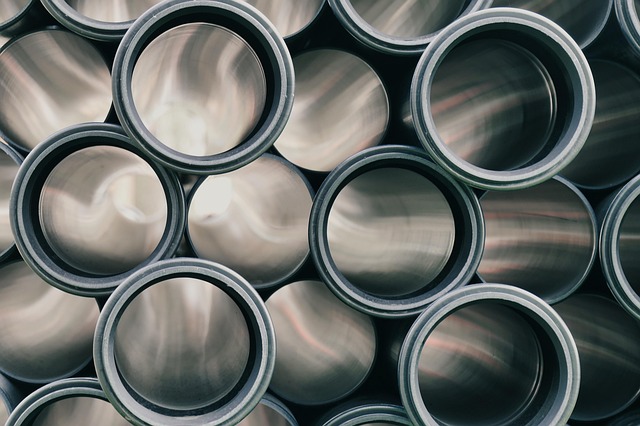Embracing Independent Environmental Recognition: The Role of Robotics and AI in Business Adaptation
In today’s rapid and ever-changing world, businesses face countless challenges that demand swift adaptation. At the heart of this transformation is the concept of independent environmental recognition—the ability for systems to autonomously perceive, interpret, and respond to their surroundings. This capability is no longer a futuristic ideal but a present-day reality, thanks to innovations in robotics and artificial intelligence (AI).
Imagine a business environment where machines not only execute repetitive tasks but also understand and adapt to complex external factors without human intervention. This level of independent environmental recognition means that organisations can drive efficiency, reduce errors, and stay ahead in competitive markets by leveraging data from their surroundings intelligently.
The Robotics Revolution in Adaptation
Robotics has matured beyond simple mechanical tools. Today’s robots are equipped with sensors and AI algorithms that allow them to navigate, adjust, and optimize their function based on real-world conditions. For example, manufacturing robots can detect fluctuations in temperature or material inconsistencies and adjust their operations instantly to maintain product quality.
Such autonomous decision-making exemplifies what independent environmental recognition truly means—it isn’t just about sensing the environment but interpreting and acting upon it in real time. For businesses, integrating these advanced robotics systems translates into increased flexibility and resilience in the face of unpredictable changes.
Artificial Intelligence: The Brain Behind Perceptive Automation
AI is the cognitive engine that processes vast amounts of sensory data, turning raw input into meaningful insights and actions. Machine learning and computer vision enable not just recognition but understanding of patterns and anomalies.
With AI-powered independent environmental recognition, companies can automate complex workflows—like adjusting supply chains in response to sudden market shifts or enhancing customer experience by personalizing service based on environmental cues. This level of automatisation isn’t just about replacing human labor; it empowers businesses to adapt dynamically and innovate continuously.
Automatisation and Its Human-Centered Potential
While the term “automatisation” sometimes evokes fears of job displacement, combining it with independent environmental recognition fosters a collaborative future where humans and machines complement each other. Employees are freed from mundane monitoring tasks and can focus on strategic decisions supported by insights derived from intelligent systems.
In this evolving landscape, organisations attuned to the power of robotics and AI-driven environmental recognition position themselves to not only survive but thrive. They become agile entities capable of sensing shifts in their ecosystem and responding proactively—a necessary trait in the age of constant change.
Embracing independent environmental recognition is more than adopting new technology; it’s a mindset shift toward continuous learning and adaptation. Businesses ready to take this leap will unlock unprecedented potential, driving innovation while staying resilient amidst the uncertainties of tomorrow.




